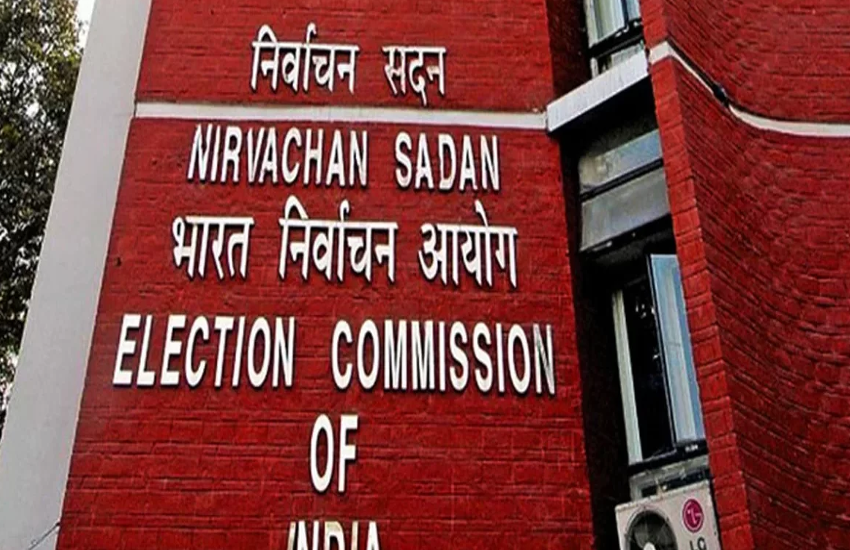Paris Agreement needs to grow teeth during COP-22 to tackle climate change

The Paris Agreement came into force on 4 November and was much celebrated by world leaders. But the truth is that it is weak and ineffective. It can, however, be made more effective by strengthening its rules of implementation and by ensuring that countries do progressively more to prevent global warming than what they committed to in Paris.
Climate change, perhaps the biggest threat to humanity's future (besides nuclear war), is caused by emission of greenhouse gases like carbon dioxide (from burning fossil fuels), methane (agriculture, animals) and HFCs (used in ACs and refrigerators). Reducing consumption and switching to non-fossil power could prevent it.
The phenomenon will once again become the focus of global diplomacy next week on 7 November as countries gather in Marrakech for the UN climate body's (UNFCCC) 22nd Conference of the Parties (COP-22).
Nearly 200 countries who are part of the UNFCCC have been meeting annually since 1995. They had signed the well-known Kyoto Protocol at COP-3 in 1997, and the Paris Agreement (which will replace Kyoto) was signed at the COP-21 last year and will come into force from 2021.
Also read - Here's why the Paris Agreement isn't going to reverse Earth's fate
The upcoming meeting holds more hope than Paris in some ways. Besides picking at the fine print on procedures and standards, what is important is that the meeting will decide how the Agreement can have more bite than bark.
(Side note: Interestingly, the rules of implementation of the Kyoto Protocol were also discussed and signed at Marrakech, Morocco, at the COP-7 in 2001).
Why Paris needs Marrakech
Due to global warming, average temperatures on earth are already 1 degree C above what they used to be when the industrial revolution began. Scientists say that this temperature rise shouldn't cross 1.5C, and never beyond 2C, otherwise we would see the worst effects of climate change like frequent storms, droughts, heat waves, and a rise in sea level that would submerge most of our major cities.
Paris Agreement's text promises to reduce the temperature rise "well below" 2C and preferably under 1.5C. But these targets aren't legally binding, and achieving them actually depends on individual countries doing their bit - using more solar power and reducing carbon footprints.
These intended actions were declared by each country last year, but put together, these are so weak that they will actually lead to temperatures to rise beyond 3C.
The success of the Paris Agreement hinges on countries not merely following these plans, but also improving them in future.
Keeping promises
According to negotiators, all the rules are regulations will take around three to four years to finalise, the foundation of which will be laid in Morocco.
This includes discussions on:
- A transparency mechanism to ensure that all countries' activities, or lack thereof, is known. This has to be balanced with the costs this will impose, especially on poorer countries.
- How countries can make bigger and better promises in the future to reduce more carbon emissions. This is crucial since the current promises are enough to keep GHG levels more or less the same in 2030, when they actually need to reduce by 22%. That's a huge difference, called the emissions gap.
- In order to make better promises, and know whether existing ones are being fulfilled there will be specific talks where stock-taking will happen on a global level. The first of these is in 2018 and the rules for that dialogue will be fixed Morocco.
- Whether the review of each country's performance vis-a-vis their promises should based based on name-and-shame or on trust and confidence-building
- How loss and damage from the effects of climate change can be calculated, and if possible, claimed from industrialised countries who are historically responsible for causing it.
For countries like India achieving the Paris goals depends on receiving finance and cheap technology from rich countries. These countries had once promised to give $100 billion a year until 2020 to developing countries - but haven't. There's a high level inter-ministerial dialogue on this in Morocco, where important announcements could be made.
Importantly, even though the Paris Agreement itself is not legally binding, these rules finalised in Morocco will be. While the Agreement is just the framework, the rules are the real meat of the matter. That is why although world leaders would have us believe that Paris Agreement was the biggest achievement and "we did it", the real work has just begun.
Edited by Aleesha Matharu
More in Catch - Before the Flood review: DiCaprio spells out the horrors of climate change
#COP21: the Paris summit sits on an unfair deal no one is talking about
First published: 6 November 2016, 3:37 IST






![BJP's Kapil Mishra recreates Shankar Mahadevan’s ‘Breathless’ song to highlight Delhi pollution [WATCH] BJP's Kapil Mishra recreates Shankar Mahadevan’s ‘Breathless’ song to highlight Delhi pollution [WATCH]](https://images.catchnews.com/upload/2022/11/03/kapil-mishra_240884_300x172.png)

![Anupam Kher shares pictures of his toned body on 67th birthday [MUST SEE] Anupam Kher shares pictures of his toned body on 67th birthday [MUST SEE]](https://images.catchnews.com/upload/2022/03/07/Anupam_kher_231145_300x172.jpg)






